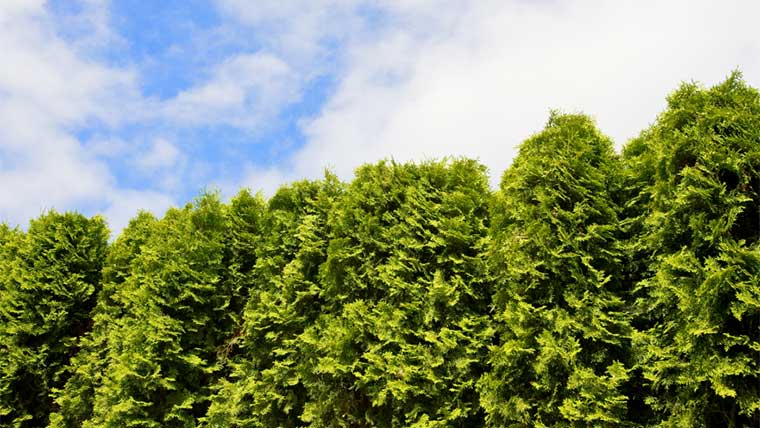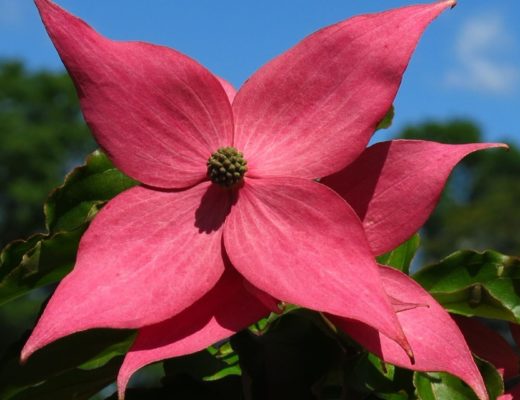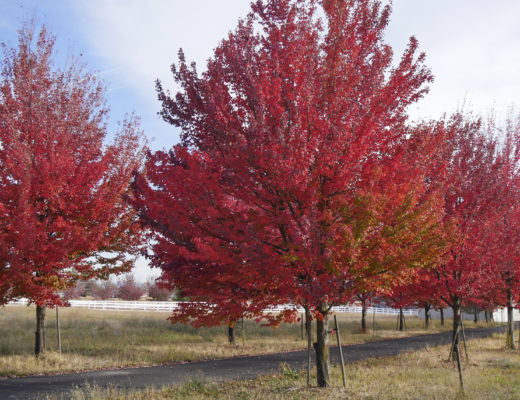 Noise from vehicles and others sources can reduce one’s enjoyment of being outdoors. Dense, tree buffers can reduce noise to levels that allow normal outdoor activities to occur. For instance, a 100-foot wide planted buffer will reduce noise by 5 to 8 decibels (dBA). If one uses a barrier in the buffer such as a landform can significantly increase buffer effectiveness (10 to 15 dBA reduction per 100-foot wide buffer with 12-foot high landform).
Noise from vehicles and others sources can reduce one’s enjoyment of being outdoors. Dense, tree buffers can reduce noise to levels that allow normal outdoor activities to occur. For instance, a 100-foot wide planted buffer will reduce noise by 5 to 8 decibels (dBA). If one uses a barrier in the buffer such as a landform can significantly increase buffer effectiveness (10 to 15 dBA reduction per 100-foot wide buffer with 12-foot high landform).
The table and guidelines below provide general design considerations when implementing a buffer for noise control.

Key Design Considerations
• Locate buffer close to the noise source while providing an appropriate setback for accidents and drifting snow.
• Evergreen species will offer year-around noise control.
• Create a dense buffer with trees and shrubs to prevent gaps.
• Select plants appropriate for the site conditions.
• Select plants tolerant of air pollution and de-icing methods.
• Natural buffers will be less effective than planted buffers because they are usually less dense.
• Consider topography and use existing landforms as noise barriers where possible.
Estimating Setback Distance from Noise Control Buffers
A setback distance from the noise control buffer may be necessary to achieve the desired levels of noise reduction along a high speed road. The charts below can be used to estimate this setback distance. For example: An outdoor recreational site near a highway needs to be located to meet the desired noise levels of 60 to 65 dBA. If 100-ft wide tree/shrub buffer is used, the site needs to be 100 to 200 feet behind the buffer. The site can be located immediately behind the buffer if a 12-ft high landform is incorporated into the buffer.
This post is an excerpt from Conservation Buffers: Design Guidelines for Buffers, Corridors, and Greenways. Check out the Guide to learn more about designing buffers to improve air water quality, protect soil, enhance habitat, enhance economic productivity, provide recreation opportunities, and beautify the landscape.





Nope very good info just not for you